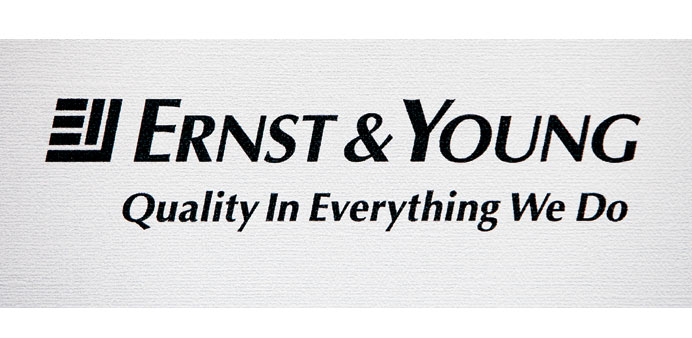Hydrocarbons have remained one of the “most active” sectors for mergers and acquisitions in 2012 in spite of relatively stable price scenario, according to Ernst and Young (E&Y).
The oil and gas transactions totalled a staggering $402bn in 2012, representing a 19% increase compared to $337bn in the previous year, E&Y said in its latest report.
It found that 92 transactions exceeded $1bn in value compared to just 71 in 2011.
“This was despite a marginal decrease in oil and gas transaction volumes from 1,664 deals in 2011 to 1,616 in 2012,” it said.
The Middle East transactions remained concentrated on Kurdistan, with four of the five biggest deals relating to assets or operations in the oil-rich region of Iraq.
Overall, there were 45 transactions in the Middle East and North Africa (Mena) region, an increase of 14% from 2011. However, the average transaction size decreased from $3.6bn to $2.8bn.
“2012 saw a continuation of trends we have seen for the last few years supported by a relatively stable oil price,” according to Thorsten Ploss, E&Y, Mena Oil and Gas leader.
The increase in the number of larger deals globally was a function of more capital becoming available to the right class of buyer, together with increased pressure from asset and company owners to crystallise returns, he said.
“Companies remain cautious in more mature markets due to the uncertain demand picture, driven by an uncertain economic outlook and austerity measures in Europe, a key oil market,” he, however, said.
Presenting his outlook for this year, he said the region appears to be facing many of the same geopolitical and economic uncertainties as 2012. “Based on current trends, we expect activity to continue, although political uncertainty in North Africa will continue to depress activity there,” he said.
In the absence of material shocks, E&Y expects the sector to remain resilient, he said, adding key “strategic” drivers remain the same.
Participants have become adapted to making decisions in a highly uncertain environment. While capital availability is generally improving, funding remains a challenge for smaller companies, he said.

